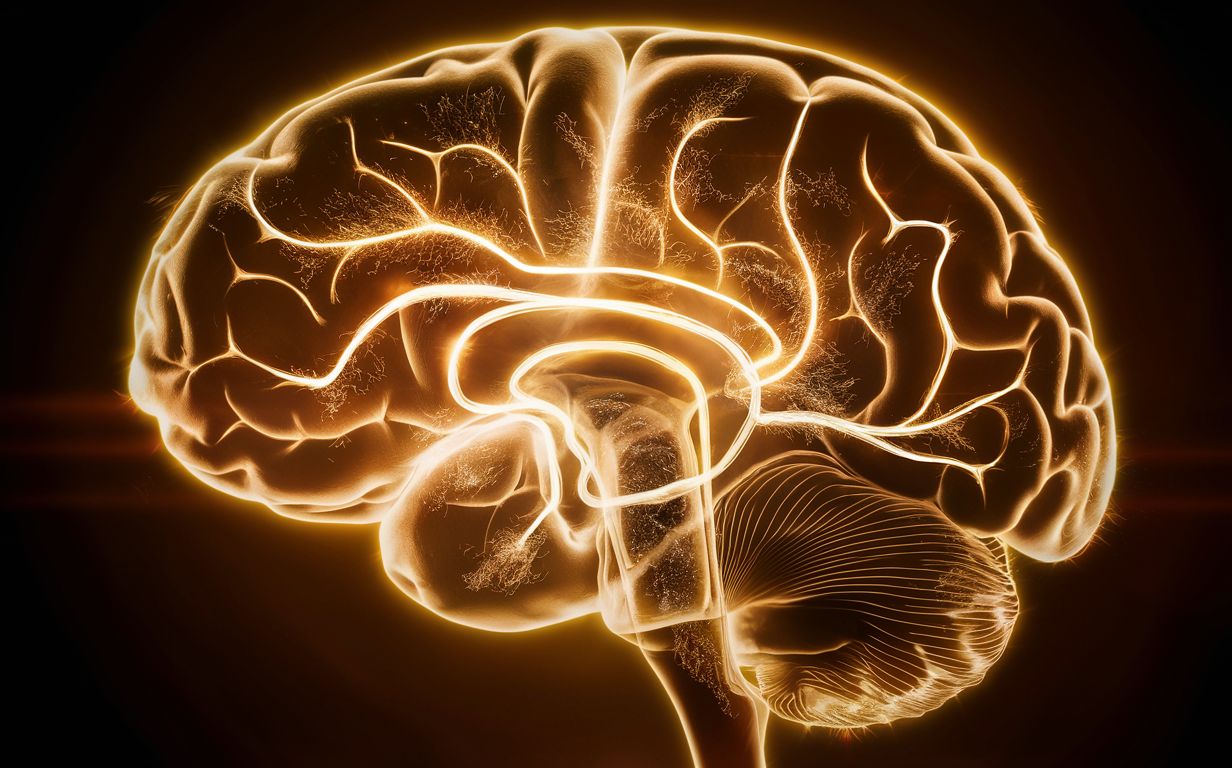Follow us on Google News (click on ☆)
Scientists at the Sainsbury Wellcome Centre have identified two distinct ways of learning through trial and error. This discovery, published in Nature, could change our understanding of compulsive behaviors and addictions.

They revealed a never-before-seen signal produced by dopamine, called "action prediction error" (APE). Unlike the usual signal that evaluates reward, APE measures the frequency of repeated actions. Thanks to these two systems, the brain can learn either by favoring what brings the most reward or by repeating what is most frequent.
The experiments used an auditory test to observe neurons linked to mouse movement. Results show that mice without the rear part of the striatum are unable to reach a high performance level. This means APE takes over during advanced learning phases.
This discovery opens interesting perspectives for treating addictions. By acting on the habit system, harmful behaviors could be replaced with healthier ones. The implications for Parkinson's disease are also significant, particularly in explaining why some automatic movements are affected.
Scientists now want to understand how the two learning systems interact. Better knowledge of these mechanisms could lead to new therapies for behavioral disorders and neurodegenerative diseases.
How does dopamine influence our habits?
Dopamine is a key molecule in the brain, linked to pleasure and motivation. It plays an essential role in habit formation by signaling reward prediction errors and action errors.
Researchers discovered it acts differently depending on whether it's an expected reward or a repeated action. This difference explains why some habits are so hard to change, even when they're no longer rewarding.
These advances help better understand addiction mechanisms. By precisely targeting dopaminergic signals, new treatments could be developed to change behaviors.